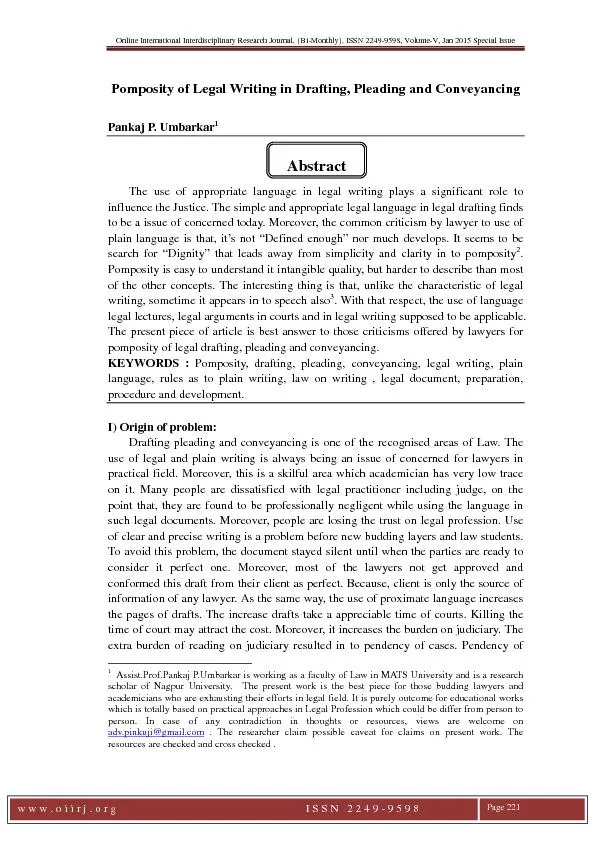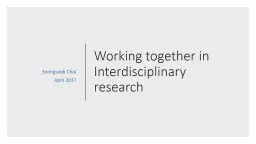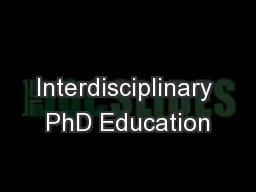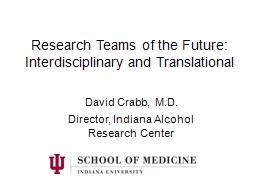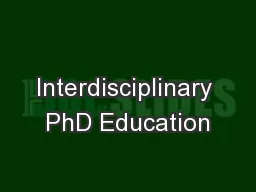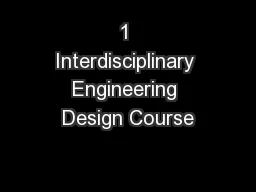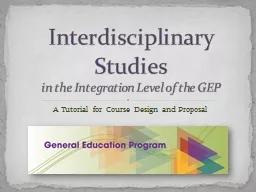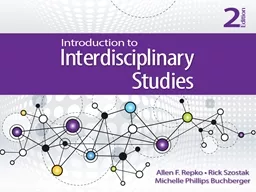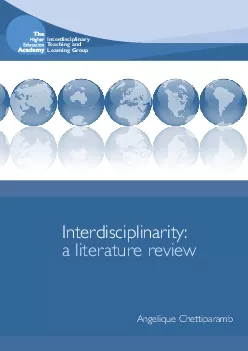PDF-Online International Interdisciplinary Research Journal, {Bi-Monthly},
Author : trish-goza | Published Date : 2016-07-11
wwwoiirjorg ISSN 22499598 Page 221 Pomposity of Legal Writing in Drafting Pleading and Conveyancing Pankaj P Umbarkar The use of appropriate language in legal writing
Presentation Embed Code
Download Presentation
Download Presentation The PPT/PDF document "Online International Interdisciplinary R..." is the property of its rightful owner. Permission is granted to download and print the materials on this website for personal, non-commercial use only, and to display it on your personal computer provided you do not modify the materials and that you retain all copyright notices contained in the materials. By downloading content from our website, you accept the terms of this agreement.
Online International Interdisciplinary Research Journal, {Bi-Monthly},: Transcript
wwwoiirjorg ISSN 22499598 Page 221 Pomposity of Legal Writing in Drafting Pleading and Conveyancing Pankaj P Umbarkar The use of appropriate language in legal writing play. !. From an interdisciplinary research summer school towards interdisciplinary research modules embedded in the mainstream curriculum at undergraduate . level. Ana Baptista. Queen Mary University of London. Susan Staats. Associate Professor-Math. University of Minnesota. staats@umn.edu. Interdisciplinary math is…. Different from “math in context.”. Different from an application.. Must support learning that is significant in a partner discipline.. Seongsook Choi. April 2017. Interdisciplinary collaboration model. (. Amey. and Brown 2005). Problems, issues, challenges. Lessons learned. Interdisciplinary collaboration model. Ann Tyler, Associate Dean, College of Health and Human Services. Interim Chair, Department of Speech, Language and Hearing Sciences . Western Michigan University. CAPCSD, April 22, 2016. New Orleans, LA. David Crabb, M.D.. Director, Indiana Alcohol Research Center. The Handoff. The Circle City . The Crescent City. Questions/Goals. What is interdisciplinary research?. What is translational research?. Patient Case. Samantha. Samantha. Medical and Social History. Samantha. Physical Examination. Disease Control in HS. Changing the Paradigm. Disease Control in HS. Changing the Paradigm. Hurley Staging System. Ann Tyler, Associate Dean, College of Health and Human Services. Interim Chair, Department of Speech, Language and Hearing Sciences . Western Michigan University. CAPCSD, April 22, 2016. New Orleans, LA. John Callister & Marty Murtagh. NCIIA Conference . San Jose, California. March 21, 2014. Marty Murtagh. Material Sci.. Tobias Hanrath. Chemical Eng.. Rhett Weiss. Johnson School. John Callister. Mechanical Eng.. 2. . پنجمین كنگره بين المللي پزشكي. تازه ترين دستاوردهاي پژوهش در دانش پزشكي از پزشكي ملكولي، سلولي و باليني. Bagher Larijani, M.D., F.A.C.E.. A Tutorial for Course Design and Proposal Interdisciplinary Studies in the Integration Level of the GEP Introduction to Interdisciplinary Studies……….....................…... Slides 3-5 Defining Interdisciplinary Studies……………………………………..……......... 6-8 1 Chapter 1: Interdisciplinary Studies in the Real World Repko , Introduction to Interdisciplinary Studies. Second Edition. SAGE Publishing, 2017. 2 Learning Outcomes After completing this chapter, you will be able to: nrnfnrntrbrrrrnnnrnInterdisciplinarity a literature review ii Published by The Interdisciplinary TeachingSouthampton SO17 1BJ Dr Angelique Chettiparamb is Research Fellow in the School of City a The Benefits of Reading Books The Benefits of Reading Books
Download Document
Here is the link to download the presentation.
"Online International Interdisciplinary Research Journal, {Bi-Monthly},"The content belongs to its owner. You may download and print it for personal use, without modification, and keep all copyright notices. By downloading, you agree to these terms.
Related Documents

